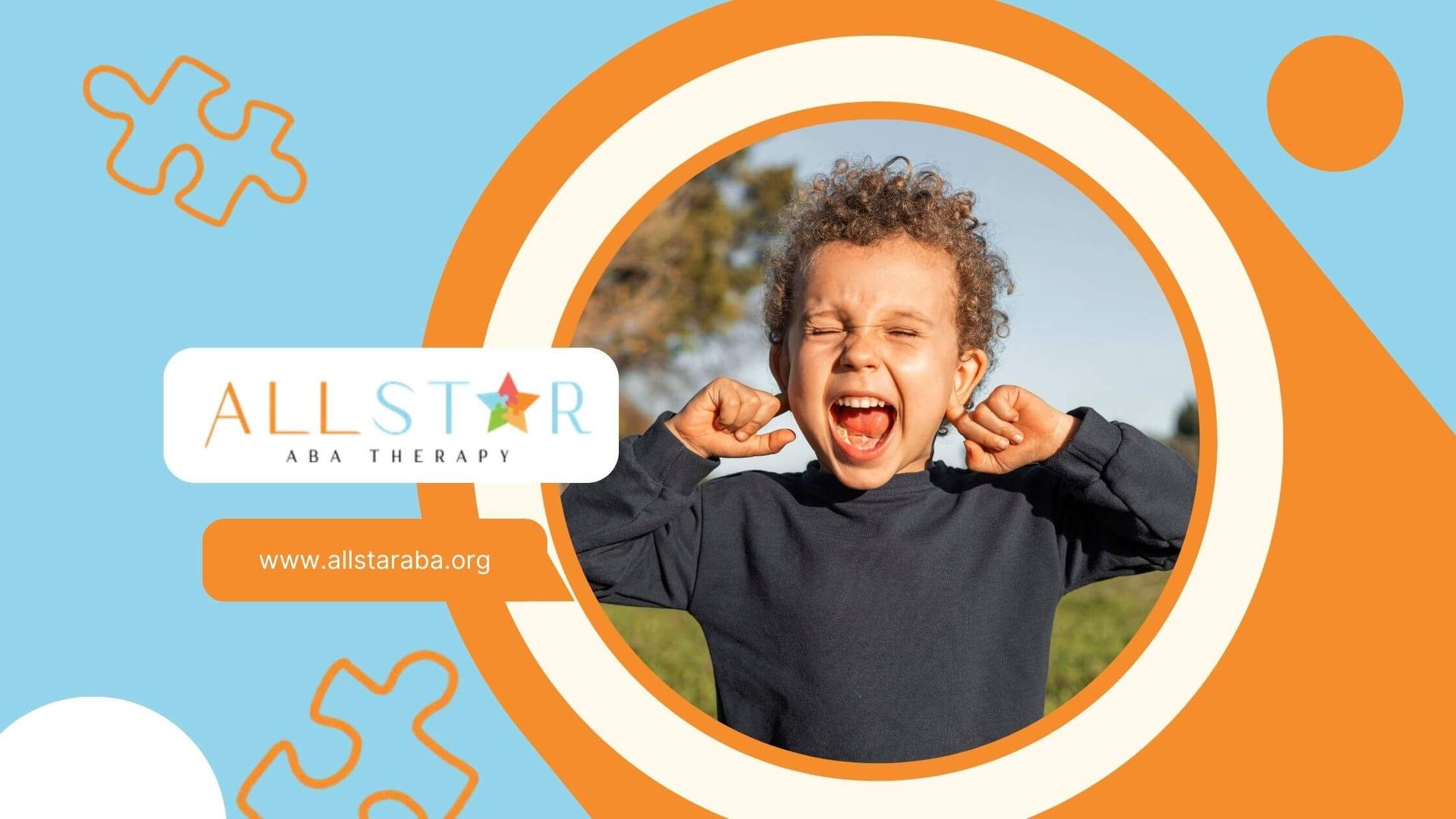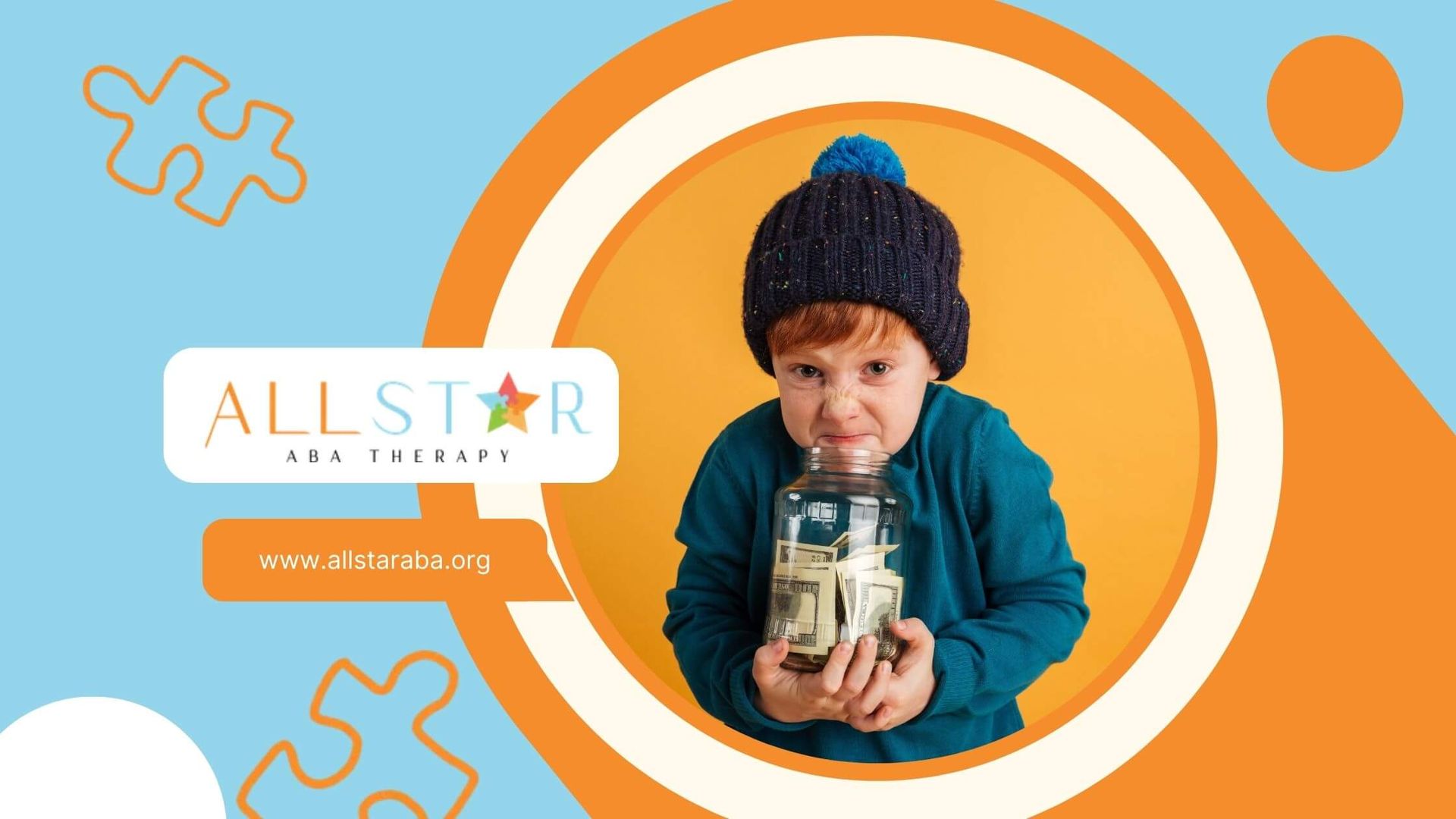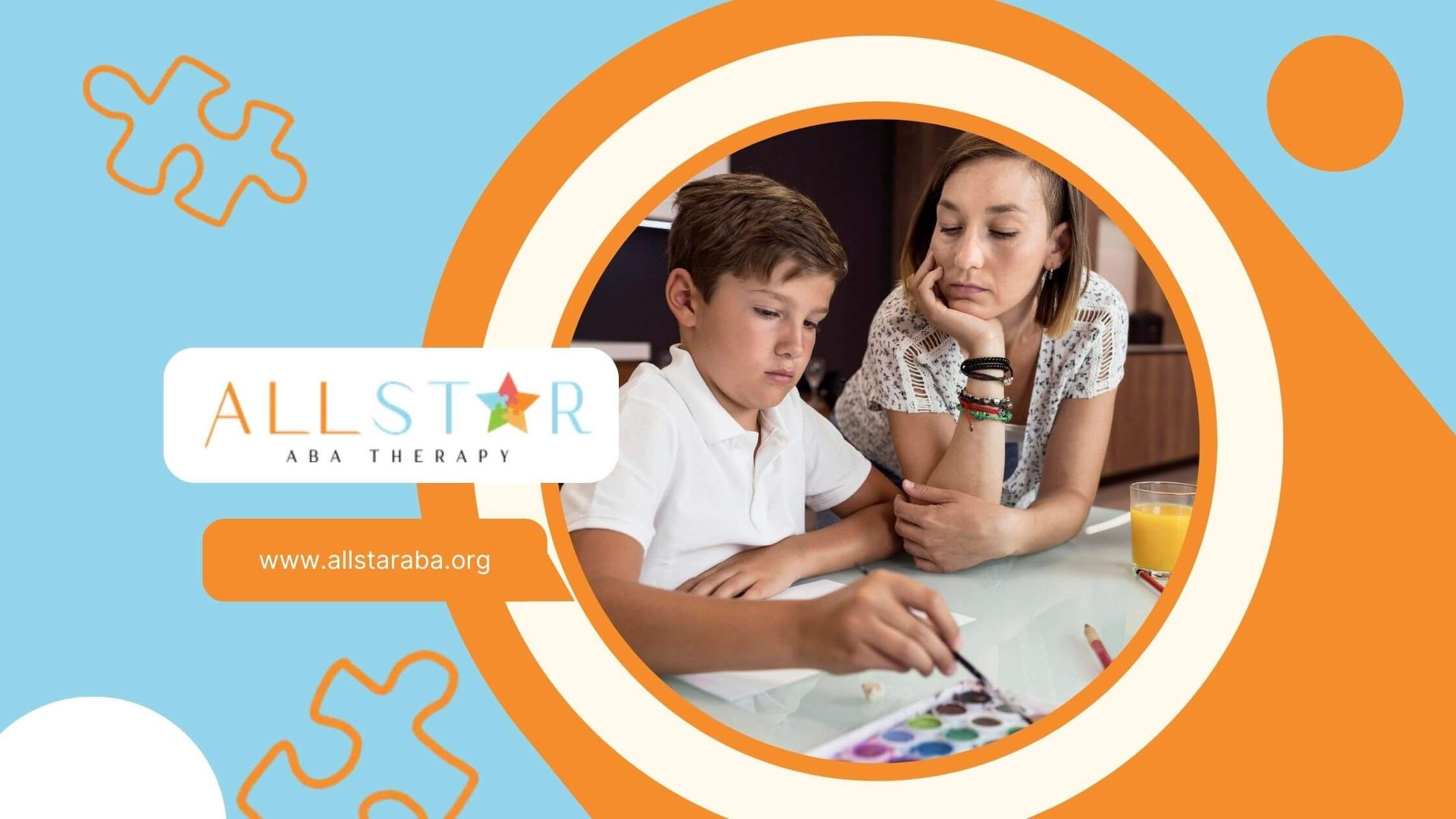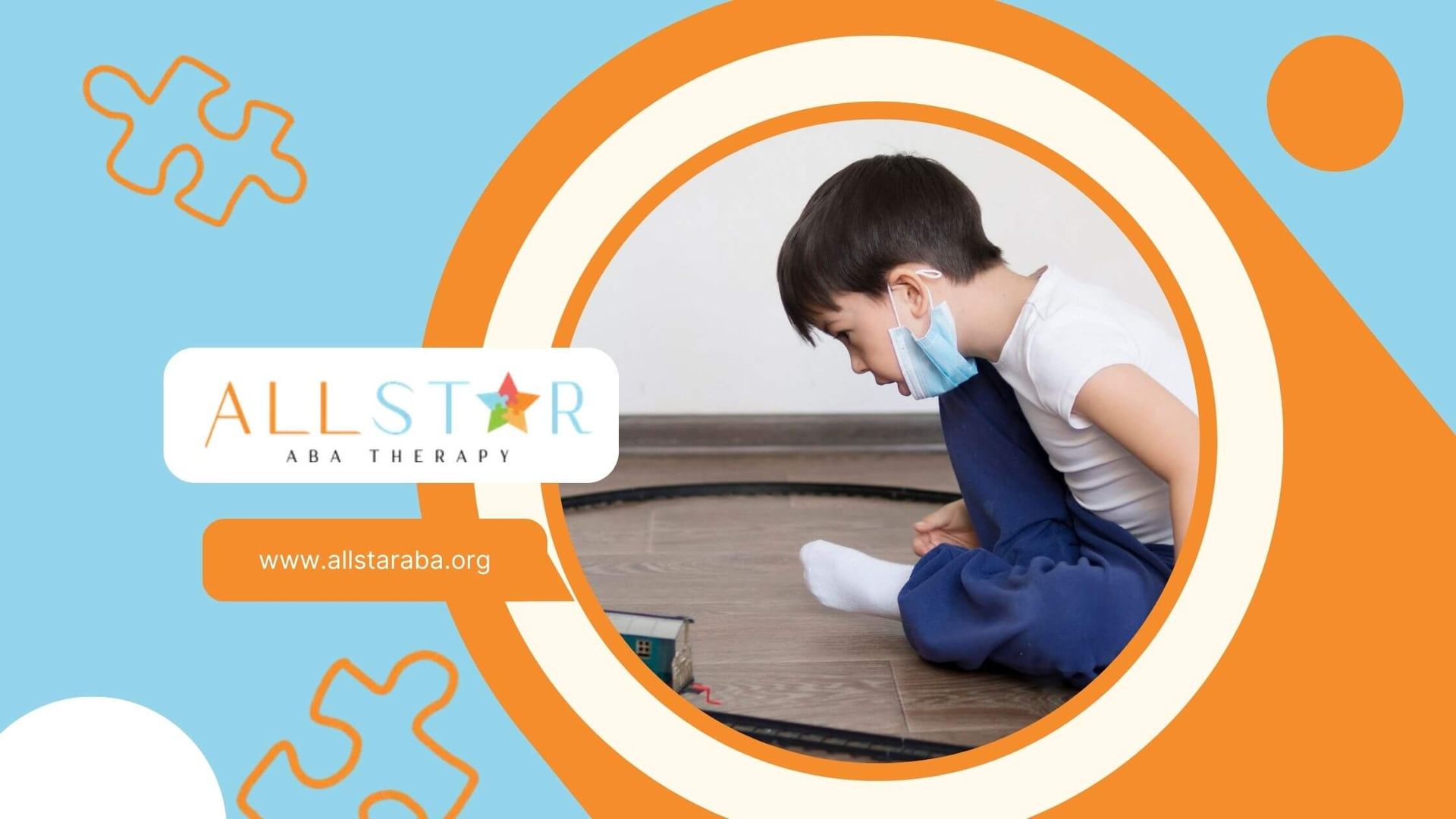New Paragraph
New Study: Insights on Autism Development in Children
Autism spectrum disorder (ASD) remains a complex and multifaceted condition, impacting children in diverse ways. Recent scientific studies have started to unravel the intricate biological and environmental factors that contribute to the development of autism. Understanding these factors is essential for developing more effective early intervention methods that can significantly improve the lives of affected children and their families.
Understanding Autism Spectrum Disorder
Autism spectrum disorder is a developmental condition characterized by challenges with social skills, repetitive behaviors, speech, and nonverbal communication. According to the CDC, autism affects an estimated 1 in 44 children in the United States today. The spectrum nature of ASD means that each individual with autism has a distinct set of strengths and challenges. The ways in which people with autism learn, think, and problem-solve can range from highly skilled to severely challenged.
The Genetics of Autism
Recent research indicates that genetics play a significant role in the development of autism. While no single gene causes autism on its own, several genetic mutations can increase a child’s risk. These genetic variations can be inherited, but often occur spontaneously in an individual’s DNA.
A landmark study highlighted the importance of the early developmental period, particularly how early genetic interventions might influence the trajectory of autism. Researchers have identified over 100 genes associated with the risk of autism, many of which are involved in the development of the brain’s neural networks.
Environmental Factors
In addition to genetic factors, scientists are increasingly recognizing the role of environmental influences on the development of autism. Factors such as exposure to certain toxins or infections during pregnancy can contribute to an increased risk of ASD. Moreover, advanced parental age at the time of conception, complications during birth, and extreme prematurity are also linked to higher autism rates.
Brain Development and Autism
One of the most critical findings in recent autism research focuses on early brain development. Studies using advanced imaging techniques have shown that the brains of autistic children develop differently from those of their neurotypical peers right from infancy. This abnormal growth trajectory often manifests in overgrowth of certain parts of the brain, which can affect neuronal connectivity and lead to the behavioral characteristics observed in ASD.
The Role of Early Intervention
Early intervention plays a crucial role in supporting optimal development in children with autism. Interventions that start in early childhood can engage children in essential social and communication skills. Moreover, tailored therapies can help reduce symptoms and support developmental growth, potentially altering the developmental path of autism.
Therapies such as Applied Behavior Analysis (ABA) have shown significant success in addressing the symptoms of autism. ABA therapy focuses on improving specific behaviors, such as social skills, communication, reading, and academics as well as adaptive learning skills, such as fine motor dexterity, hygiene, grooming, domestic capabilities, and job competence.
The Future of Autism Research
Ongoing research into autism is likely to focus on unraveling the more subtle genetic markers of the disorder, as well as understanding how environmental factors interact with genetic predispositions. This could lead to more personalized therapeutic interventions that can be tailored to each child’s unique genetic and environmental profile.
Supporting Families and Children
For families of children with autism, obtaining a clear understanding of this condition can be both challenging and empowering. As science progresses, it provides families with more information and strategies for helping their children live full and productive lives.
Conclusion
Understanding how autism develops in children is crucial for advancing treatment options and intervention strategies. The work of scientists and researchers continues to open new pathways for understanding ASD, promising better outcomes for children affected by the condition.
For parents and caregivers looking for support and resources, All Star ABA offers comprehensive services tailored to meet the unique needs of each child. Specializing in ABA therapy, All Star ABA is dedicated to fostering improvement and success in children with autism through personalized, evidence-based approaches.
FAQs About Autism Development
At what age can autism first be diagnosed?
Autism can often be diagnosed as early as 18 months of age. Early intervention is critical for effective treatment.
Are there specific tests that diagnose autism in children?
No single test can diagnose autism. Diagnosis involves multiple evaluations including behavioral assessments and developmental screenings.
How do genetics influence autism?
Genetics play a key role, with several genes associated with autism. These genetic factors can influence brain development and function.
Can environmental factors cause autism?
While environmental factors alone do not cause autism, they can increase the risk when combined with genetic predispositions.
Need Support?
We're Here to Help!
Our experienced team is ready to assist you. Reach out today to discuss how we can support your child's development and well-being.
Get started with expert ABA therapy today.








